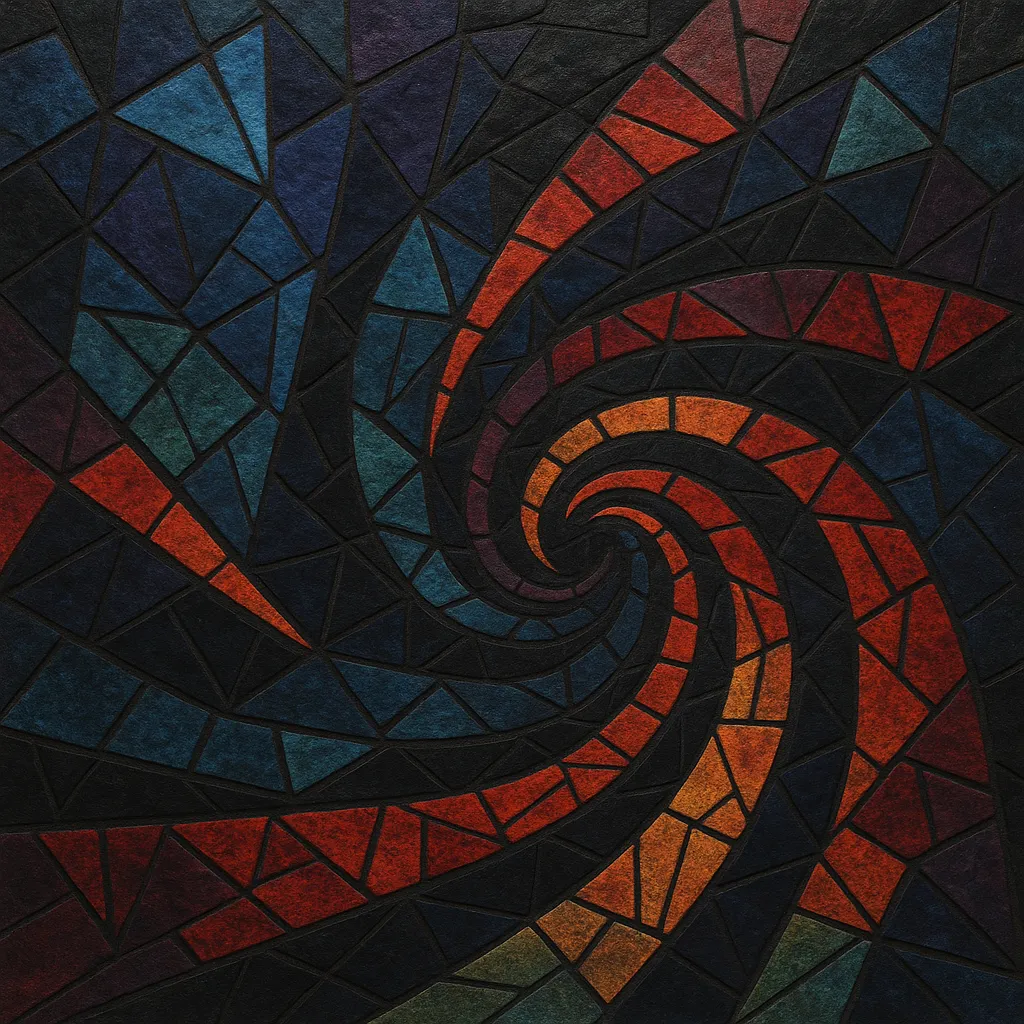Freeform hardcore is a high-tempo, trance-influenced branch of hardcore dance music that emphasizes creative freedom over rigid formulas. Typically running at 165–180 BPM, it blends pounding 4/4 kicks and driving bass with expansive trance-style pads, arpeggios, and soaring leads.
Compared to happy hardcore, freeform is usually darker, more minor-key, and more technical—featuring evolving arrangements, longer breakdowns, acid lines, and intricate melodic development. Producers draw from hard trance, Goa/psy, and hardcore techno aesthetics to create tracks that feel both euphoric and intense while remaining dancefloor-focused.
The term “freeform” emerged to distinguish the style from early “trancecore,” signaling an open-ended approach where the only rule is: make it work at hardcore speed.
Freeform hardcore originated in the United Kingdom in the late 1990s from the faster edge of happy hardcore and the convergence with hard trance and early Goa/psy sounds. Early proponents (notably Sharkey and collaborators) championed the idea of “trancecore,” then rebranded as “freeform” to emphasize stylistic openness beyond a single trance formula.
Compilations such as the Bonkers series helped introduce the sound, while the Nu Energy Collective and associated labels/platforms became hubs for artists pushing darker harmonies, acid motifs, and complex arrangements at hardcore tempos.
During the 2000s, the scene matured and diversified. In Finland, the FINRG contingent (including Alek Száhala, Substanced, Nomic, Carbon Based, and Pain on Creation) sculpted a particularly epic, melodic, and technically precise variant—often emphasizing intricate supersaw leads, evolving counter-melodies, and powerful breakdown-driven structures.
The UK scene (with Kevin Energy, K-Complex, and others) continued to develop the style through clubs, raves, and specialist labels, strengthening a transnational network of producers, DJs, and fans.
After industry shifts and label changes, freeform persisted via boutique imprints, digital releases, and a strong online community. Labels and curators in the UK and Finland sustained momentum, while Japan and broader J-core circles incorporated freeform techniques into compilations and events.
By the late 2010s and 2020s, renewed interest came from crossover hard dance audiences and modern production tools, with DJs and radio shows spotlighting both classic catalogue and new talent. The genre remains niche but respected for its advanced sound design, emotive writing, and high-energy performance potential.


